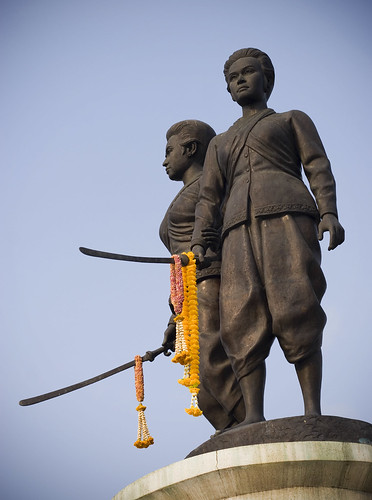 |
| A Morbid Taste For Bones by Ellis Peters |
I have heard much about the Brother Cadfael series and heard plenty of good reports on the books, including the first book in the series. This one. A Morbid Taste For Bones.
Having been one of the only English speaking persons in the world to have never read any of the books or watched any of the tv shows I have had A Morbid Taste For Bones on my radar for a goodling amount of time. Always putting it off for whatever reason...I am not sure now what they were.
My Ellis Peters blooding was a successful one and came in the form of one of her historical fiction books written under her other pen name, Edith Pargeter, which I read last year. That was A Bloody Field by Shrewsbury. The memory of her incredible writing in that book still makes my toes curl to this day. I loved it. It became one of my all time favourite historical fiction books.
It was this lingering taste for the author's work that made me clear the schedule this month and finally read the first Cadfael. But next to the Classicist nature of A Bloody Field by Shrewsbury, I am afeared A Morbid Taste For Bones presents like the poor, country cousin.
The writing quality I recognised, although it was more Shakespearean than Classicist in this historical mystery.
For me there was no story of interest propped up by the intelligent writing. It took far too long to get to the crime and then I really couldn't care less who killed whom and why. The scenes kept reminding me of a drawn out Shakespearean play. Good for someone watching in the back seats of a dusty old theatre with their mouths agape, leaning forward, their fists clenched in anticipation of events, but for me as a reader, it was more like a two hour train ride. Very little bumps and very little entertainment unless I bring it myself.
This may seem sacrilegious to those who love these books and the tv series, but I could easily have given this book 2 stars instead of 3. If it were not for my immense admiration for the way Ellis Peters strings her old fashioned words together, I would not have been so kind to A Morbid Taste For Bones.
- MM









